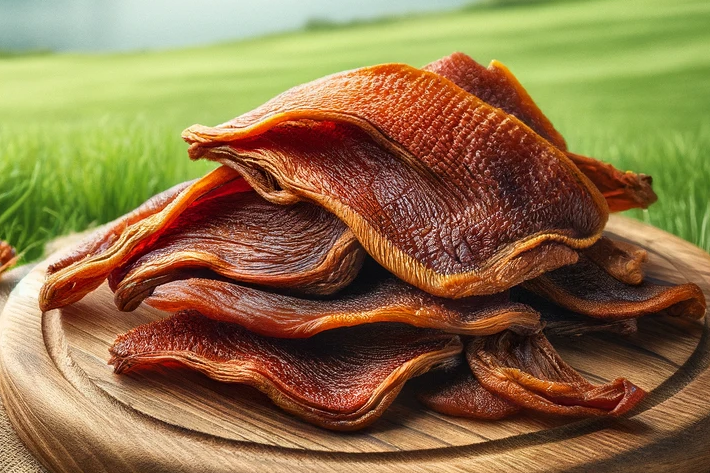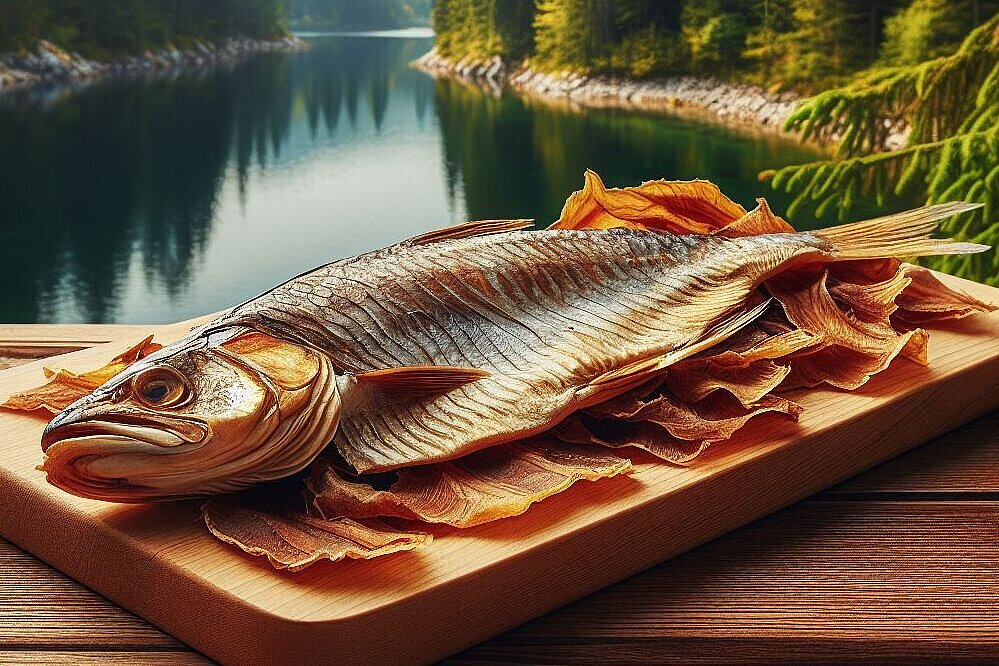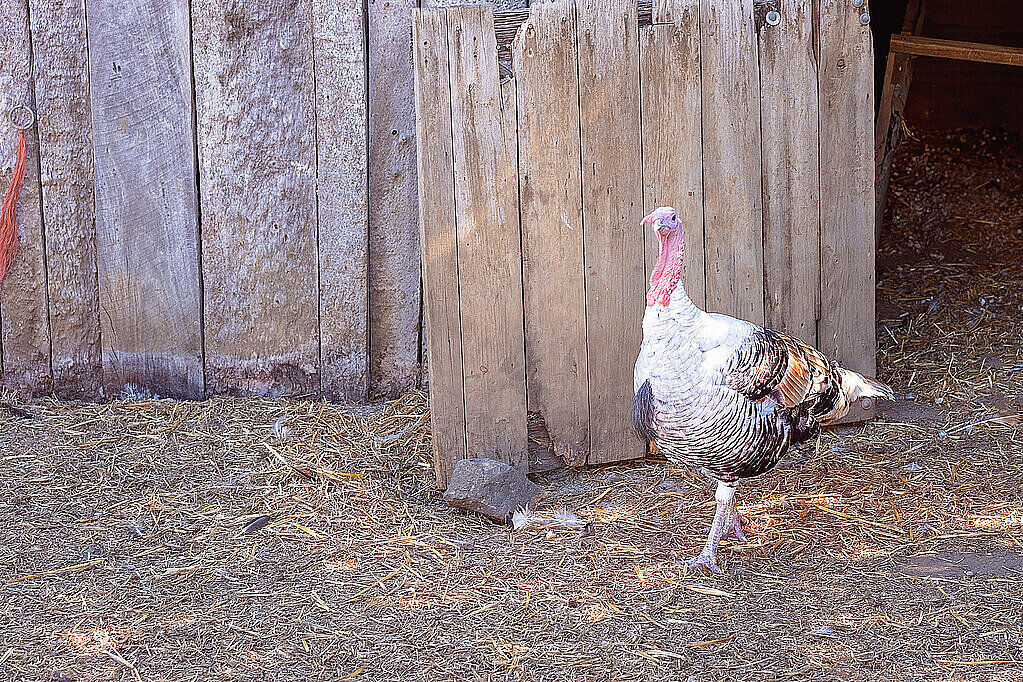Goose skin

The benefits of goose skin for your dog
Goosebumps have several positive effects on your dog's health:
- It supports the function of the skin and coat by providing them with moisture and nutrients. The amino acids tyrosine and phenylalanine enhance the natural coat color.
- It strengthens the immune system by inhibiting inflammation and promoting the formation of antibodies.
- It improves digestion by regulating the intestinal flora and increasing the absorption of nutrients. A cure with goose barnacle can also help with gastrointestinal disorders.
- It protects against cardiovascular disease by lowering cholesterol levels and improving blood clotting.
The disadvantages of goose skin for your dog
Goosebumps are not suitable for every dog. There are some risks you should be aware of:
- It is very high in calories and can lead to obesity if you feed it too often or in too large quantities. Therefore, make sure your dog has a balanced diet and reduce the amount of main food if necessary.
- It can cause allergies or intolerances if your dog is sensitive to poultry or fat. Therefore, observe your dog after feeding for possible symptoms such as itching, diarrhea or vomiting.
- It can cause injuries to the mouth or digestive tract if your dog eats sharp bones or feathers. Therefore, remove these parts before feeding or choose a product that only contains pure fat.
How you can feed goose skin to your dog
You can give your dog goose skin as a treat or as a supplement to their main food. You can feed it raw or cooked, depending on what your dog prefers. You can also make it yourself from a whole goose or buy it ready-made. The recommended amount depends on your dog's size and activity level, but as a guideline you can use about 10 grams per kilogram of body weight per week.
Goose skin is a healthy snack for your dog that has many benefits for his skin, coat, immune system, digestion and heart. However, you should be careful not to feed it too often or in too large quantities to avoid obesity, allergies or injuries. You should also make sure that you only feed pure skin without bones or feathers. If you follow these tips, you can offer your dog a tasty variety that is good for him.
If you notice any signs of hypersensitivity or poisoning in your dog, you should see your vet immediately. We are not a substitute for a vet, but we try to be as accurate as possible. Every dog reacts differently and we recommend you get a second opinion or consult your vet if in doubt.
Stay healthy and take good care of your four-legged friend!😊
Similar to Goose skin
Duck skin is rich in protein, which is important for muscle building and cell regeneration. Protein is also an important building block for your dog's skin, hair, nails and organs.Duck skin also...
Fish skin is the outer layer of fish that protects them from injuries and pathogens. It consists of scales that vary in size and shape depending on the fish species. Fish skin contains many valuable...
Poultry skin is the thin layer of fat and connective tissue that covers the meat of chickens, turkeys, ducks or geese. It is often crispy and aromatic and is eaten by many people. But is it also...
Turkey skin is the outer layer of turkey meat, which consists of connective tissue, fat and protein. It has a high fat content, which can vary depending on how it is prepared. For example, 100 grams...



